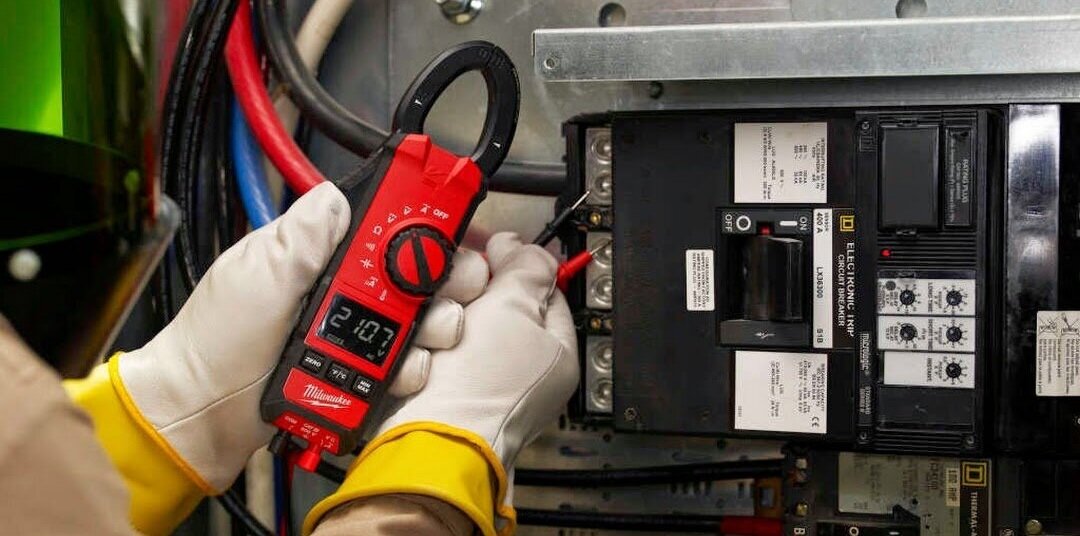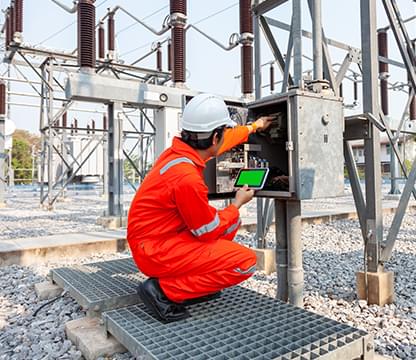Professional mechanical engineering industry support services for your business growth.
Professional mechanical engineering industry support services for your business growth.
Blog Article
Top Tips for Effective Electric System Troubleshooting
Troubleshooting electrical systems needs a methodical technique, grounded in a thorough understanding of electrical principles and security protocols. The nuances of effective fixing expand beyond mere technical understanding; comprehending exactly how to document findings and prioritize security can considerably influence results.
Understand the Fundamentals
Comprehending the fundamentals of electrical systems is necessary for efficient troubleshooting, as a solid foundation allows specialists to detect and deal with problems much more efficiently. A comprehensive grasp of electric concepts, such as voltage, current, resistance, and power, is vital in determining the root creates of troubles. Voltage is the electrical potential difference that drives present via a circuit, while resistance opposes the flow of current, affecting the general capability of the system.
Experience with circuit elements, including resistors, capacitors, diodes, and switches, is additionally critical. Each element plays a distinctive function in circuit actions and can affect performance when malfunctioning. In addition, understanding series and parallel circuit configurations is important, as these plans influence the distribution of voltage and existing within the system.
Additionally, knowledge of safety and security procedures is important. Professionals need to recognize potential threats, such as shock and short circuits, to carry out secure troubleshooting methods. By mastering these fundamental ideas, service technicians improve their capacity to conduct effective diagnostics and fixings, inevitably resulting in enhanced performance and dependability of electrical systems. This fundamental expertise is the foundation of effective fixing endeavors.
Gather Necessary Equipment
Efficient troubleshooting of electrical systems requires the best set of devices to detect and deal with concerns precisely. A well-equipped service technician can substantially boost effectiveness and performance in recognizing problems. Essential devices consist of a multimeter, which gauges voltage, current, and resistance, enabling precise analyses of electric elements. Secure meters are additionally beneficial for gauging existing without disconnecting the circuit, guaranteeing security and comfort.
In addition, protected hand tools such as screwdrivers, pliers, and cord strippers are important for securely controling electrical links. It is also suggested to have a circuit tester handy to verify the presence of voltage in electrical outlets and wires. For even more complex systems, a thermal imaging electronic camera can assist detect overheating parts, suggesting possible failures.

Adhere To a Methodical Approach
Having gathered the suitable tools, the next step in troubleshooting electrical systems is to comply with a systematic approach. A systematic method ensures that professionals can determine faults successfully and properly, decreasing downtime and avoiding unnecessary repairs.
Begin by examining the system's schematic layouts and requirements. Understanding the style and operational specifications will provide context for diagnosing issues. Next link off, separate the problem location by utilizing a process of elimination. This involves checking each component methodically, beginning from the source of power and working towards the tons.
Use screening tools, such as multimeters and oscilloscopes, to gather objective information regarding voltage, current, and resistance at numerous points within the system. This empirical proof will certainly assist your Recommended Site troubleshooting efforts and aid to verify or eliminate possible sources of failure.
Additionally, consider ecological elements that might influence the system's efficiency, such as temperature variations or moisture ingress. A thorough assessment of electrical wiring, connections, and parts will make sure that all possibilities are accounted for.
Record Your Findings
Detailed documentation is vital in the repairing procedure of electrical systems. This practice not just help in understanding the root cause of the issue however additionally offers as a recommendation for future fixing efforts.

In addition, keeping a log of parts replaced or repair work performed is indispensable. This info supports supply monitoring and can aid examine the durability and reliability of details elements.
Eventually, the documentation procedure ought to be extensive yet succinct, allowing easy retrieval and testimonial - electrical system troubleshooting. By prioritizing comprehensive paperwork, professionals can create a valuable expertise base that not only help in present troubleshooting but also empowers future maintenance initiatives, thus boosting general system integrity

Prioritize Precaution
Recognizing the intrinsic threats connected with electric systems is crucial for ensuring security throughout troubleshooting. Electrical shock, burns, and devices damages are simply a few of the prospective dangers that service technicians deal with. Focusing on safety steps is not just a lawful obligation however additionally a moral crucial that safeguards both the technician and the surrounding environment.
Before beginning any kind of troubleshooting task, specialists must put on ideal individual protective equipment (PPE), including protected handwear covers, shatterproof glass, and flame-resistant apparel. Making sure that the work area is dry and without mess can significantly reduce the risk of accidents. It is essential to de-energize circuits before starting any work, verifying that they are not live via the usage of a multimeter or voltage tester.
Developing clear interaction procedures with team participants is also vital; this ensures that everyone knows possible threats and the standing of the electric system being worked with. Lastly, having straight from the source an emergency situation feedback strategy in location can show indispensable in case of an event. By focusing on precaution, professionals can properly alleviate risks and cultivate a much safer work environment.
Conclusion
Reliable electrical system repairing depends on a comprehensive understanding of basic concepts and a methodical technique. By gathering essential devices, adhering to organized examination techniques, and diligently documenting searchings for, the fixing procedure ends up being more effective and reliable. Focusing on safety actions makes sure the well-being of individuals entailed and the integrity of the electric system. Implementing these approaches will improve the repairing experience, resulting in quicker resolutions and boosted operational effectiveness in electric systems.
Report this page